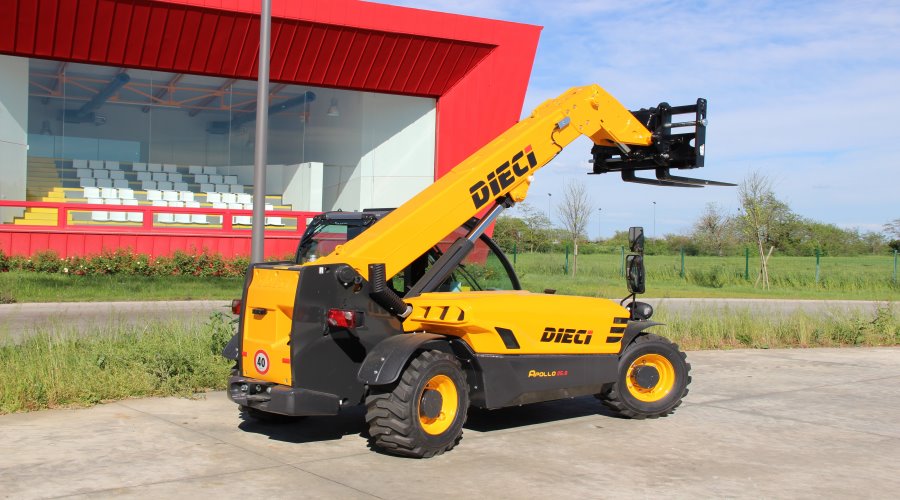You must have come across the word “risk” in every industry. It can be a financial risk, political risk, or any investment risk. The terminology is not new in the construction industry. There’s a risk at every step. Whether it’s investing in an efficient machine like the high capacity telehandler or dealing with the construction terrain types; risk is everywhere. When risk exists, there has to be a risk assessment and planning to deal with it. However, it is important to identify the risk factors and list them out for assessment. In the construction industry, it is a legal requirement to have the exact risk assessment done of the site and then start construction practices.
The term risk assessment means identifying the hazards and risk factors on a particular site that has the potential to cause harm. The potential can be classified into four major categories:
- High level Risk
- Medium Level Risk
- Lower-level Risk
- Very low-level risk
The Method Statement for Risk Assessment:
Before you start working on a construction site with high-end machines like the high capacity telehandler, you need to document the level of risk, any potential hazards that are a major hindrance. Also, the document will have the measures to reduce the risk for a safer environment to work in. The document prepared is called the Method Statement that workers have to follow unless they feel it is not suitable then they should stop and report it and have the method statement amended. It can only be amended by competent people.
Recommended Read: 5 Things to Avoid while Carrying Loads via High Capacity Telehandler
Types of Hazards to Manage with Risk Assessment Plans:
- Excavations, Trenches, or Edges– There is a high risk to collapse. The minimum distance to keep away from open excavations is at least the depth of the trench i.e. if it’s 2m deep you stay 2 m back.
- Sideways Rollovers Can Happen– When the Excavator is driven across the steep slope, driving too close to excavations or edges, working or lifting cross-track, overloading, lifting full loading buckets at full reach
- Working at Height– Any place you can fall from and be injured is considered working at height. The top of a mound, climbing into or out of a machine. Standing by the edge of an excavation.
- Overhead Cables– The minimum distance to be maintained from overhead cables mounted on wooden poles is 9m from the greatest reach of the machine and 15m from cables on metal pylons. Electricity can arc or jump a gap.
- Confined Spaces- Anywhere there is a restriction on operating area can be considered a confined space. There is a greater risk of accident or damage. The minimum distance should be maintained between a fixed obstacle and the machine. is 600mm (this is deemed to be the smallest distance a person can go through without being injured). If this distance can’t be maintained then the area should be fenced off with signboards signs erected. Fumes, dust, noise, lack of visibility, and insufficient room to manoeuvre are all hazards associated with confined areas.
- Pedestrian Areas– Care should be taken when operating in pedestrian areas. A safe route for pedestrians should be provided with suitable signage and lighting. Enough room for material storage and vehicle movements is required. Noise, dust, and fume levels should be reduced where possible. Required permits, method statements, and risk assessments should be in place.
Risk assessment has to be done in advance. There is no room for any error as it directly affects the lives of workers and pedestrians by serious accidents. Machine operators should also follow the method statement and the rules to operate high capacity telehandlers and other gigantic machines. Call Dieci Ontario at 1-833-743-2500 or write to us at info@dieciontario.ca for construction-related machine requirements. Our representatives will connect with you to know and process your request.

